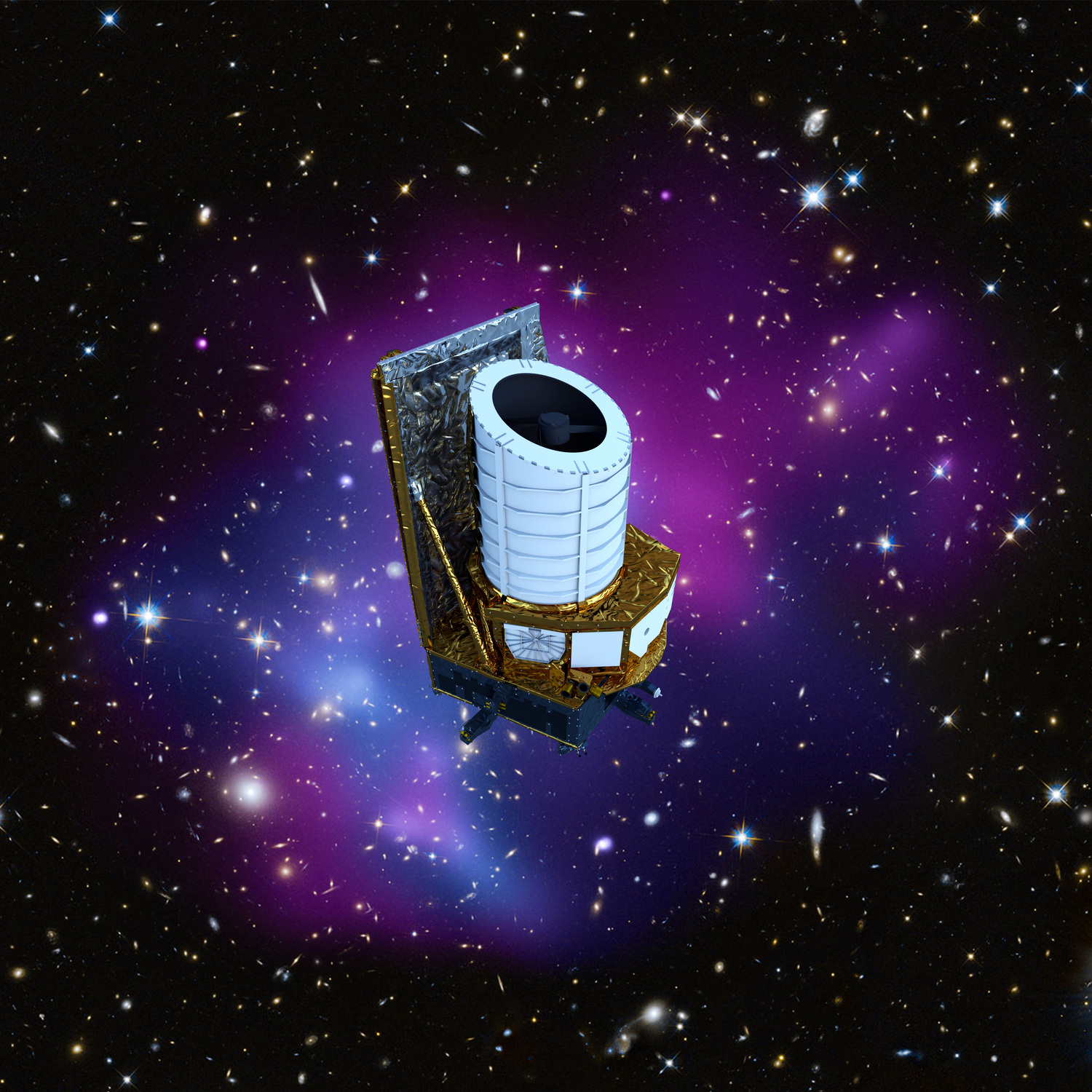

The first three months of science, or "Phase E," operations have been a busy time for NASA's Nuclear Spectroscopic Telescope Array, or NuSTAR. Since the science operations began on August 1st, the NuSTAR team has wrestled with learning to point the telescope's flexible system of optics, mast, spacecraft bus and solar array. Characterization of the behavior of NuSTAR in space took an additional six weeks, but has now been completed. Several adjustments to attitude control parameters -- factors in pointing the telescope -- were necessary to bring the spacecraft into the required specifications, and the satellite's slew rate, or the speed at which it points to new targets, has recently been enhanced by a factor of two.
The Mission Operations Team at UC Berkeley and the Science Operations Team at the California Institute of Technology in Pasadena, put in many long days and nights during this characterization period, planning and generating commands to improve the performance of the spacecraft. They have since been able to settle into routine operations and focus on gathering science data.
Calibrating the telescope is now a primary focus for the science team. NuSTAR has made a number of coordinated observations of famous, bright X-ray sources like the Crab nebula, Hercules X-1, 3C 273 and IC 4329A. The first two are neutron stars in our Milky Way galaxy, and the latter two are accreting black holes in the centers of nearby galaxies. These coordinated calibration campaigns have been done with many of the low- and high-energy X-ray astronomical satellites currently in orbit: NASA's Chandra X-ray and Swift observatories, the European Space Agency's XMM-Newton and INTEGRAL telescopes, and Japan Aerospace Exploration Agency's Suzaku.
The first image release from NuSTAR was issued on October 23rd. The image is of Sagittarius A*, the giant black hole at the center of our Milky Way. NuSTAR was lucky to have captured an outburst from the black hole during its observing campaign, a joint effort with several other facilities, including Chandra, which sees lower-energy X-ray light, and the W.M. Keck Observatory on Mauna Kea in Hawaii, which took infrared images. These observations, using multiple telescopes that detect different wavelengths of light, have provided the scientists with a rich data set for studying and understanding our nearest supermassive black hole. During an additional multi-observatory monitoring campaign in October, NuSTAR caught another, similar strength flare from the black hole. This represents the first time flares by Sagittarius A* have been observed at energies above 10 kiloelectron volts.
During the first three months of science operations, NuSTAR has observed other objects as well, including targets for 12 of the 13 NuSTAR science working groups. These observed targets range from historical supernovae remnants in the local universe (Cassiopeia A and SN 1987A) to neutron stars to dust-enshrouded, supermassive black holes (e.g., Mrk 231) to bright accreting black holes (e.g., NGC 1365). Two large mapping campaigns, one of the region encompassing the center of our galaxy and one of the Extended Chandra Deep Field-South, have also begun.
Finally, the NuSTAR science team will have a big presence at the annual winter American Astronomical Society (AAS) meeting, to be held in early January in Long Beach, Calif. There will be a 90-minute oral session with talks on the NuSTAR on-orbit performance, early science results and plans for the two-year baseline mission. The NuSTAR science team will also be presenting 25 posters with more details spanning the full gamut of science plans, from NuSTAR observations of the sun, to studies of distant supermassive black holes.
NuSTAR is a Small Explorer mission led by the California Institute of Technology in Pasadena and managed by NASA's Jet Propulsion Laboratory, also in Pasadena, for NASA's Science Mission Directorate in Washington. The spacecraft was built by Orbital Sciences Corporation, Dulles, Va. Its instrument was built by a consortium including Caltech; JPL; the University of California, Berkeley; Columbia University, New York; NASA's Goddard Space Flight Center, Greenbelt, Md.; the Danish Technical University in Denmark; Lawrence Livermore National Laboratory, Livermore, Calif.; ATK Aerospace Systems, Goleta, Calif., and with support from the Italian Space Agency (ASI) Science Data Center.
NuSTAR's mission operations center is at UC Berkeley, with the ASI providing its equatorial ground station located at Malindi, Kenya. The mission's outreach program is based at Sonoma State University, Rohnert Park, Calif. NASA's Explorer Program is managed by Goddard. JPL is managed by Caltech for NASA.